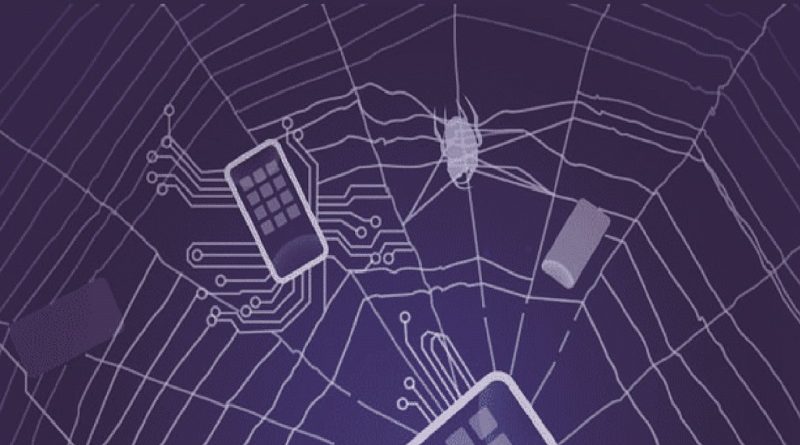Authentication Mechanisms in the 5G System
The 5G system introduces multiple new authentication mechanisms. The initial 5G specification in 3GPP Release 15 defines the initial security solution including primary and secondary authentication. Further enhancements and additional security features are added in Release 16; some of them introduce new types of authentication. As a result, the scope and meaning of ‘authentication’ has expanded. This is a new trend in the 5G system as it introduces new concepts that did not exist in the preceding generation systems. One such example is the slice authentication for which the authentication is performed at the network slice level. As a result, the authentication mechanisms become more complex. This paper clarifies the details of each of these different authentication mechanisms.
Read more


